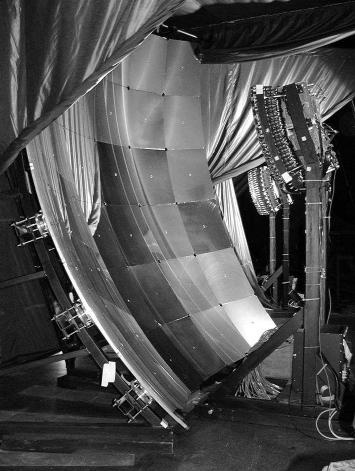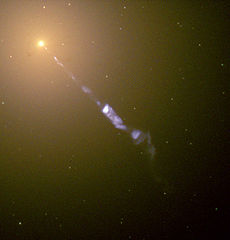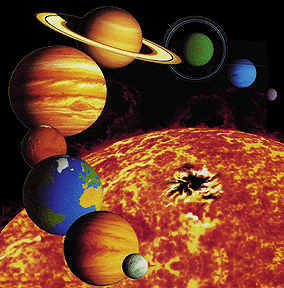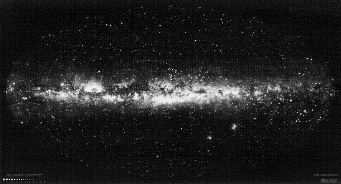 |
|
| Home | |
| Victor Hess | |
| Auger Project | |
| Coord.systems | |
| Terrestrial | |
| Galactic | |
| Celestial | |
| Space weather | |
| Unix Time | |
| Projects | |
| Ask me | |
| Contact | |
Why do we need different coordinate systems?
|
Scientists historically held controversial views regarding a heliocentric (sun-centered) and geocentric (earth-centered) view of the solar system. These two concepts correspond to descriptions of the same physics using different coordinate systems. Today, everybody uses coordinate systems in everyday life. A GPS (Global Positioning System) helps finding a particular location anywhere on Earth while using terrestrial coordinates. Using spherical geometry, this instrument can even calculate distances and thus display the estimated travel time. However, the terrestrial coordinate system is only applicable on the Earth. The celestial coordinate system can be used to determine the position of celestial bodies while travelling on the oceans where other landmarks are not present. The galactic coordinate system is useful for locating objects beyond the solar system. |

A 5000 light-year long jet being produced
by the active nucleus of an active galaxy.
(image from Hubble Space Telescope)
image courtesy from: http://en.wikipedia.org/wiki/File:M87_jet.jpg |
|
Here you can learn more about different coordinate systems which are indispensable to navigate. |
|

The solar system
image credit: http://starchild.gsfc.nasa.gov/ Images/StarChild/solar_system_level1/solar_system.gif |
... and the solar system
|

The Milky Way
This image shows the plane of our Milky Way Galaxy along the center. image credit: Lund Observatory; Courtesy of Sky and Telescope |
... and the Milky Way
|
|
In summary, earth-centric (terrestrial and celestial coordinate systems) and non-earth centric coordinate systems (galactic coordinate systems) are used for consistently describing the positions of objects. |
|